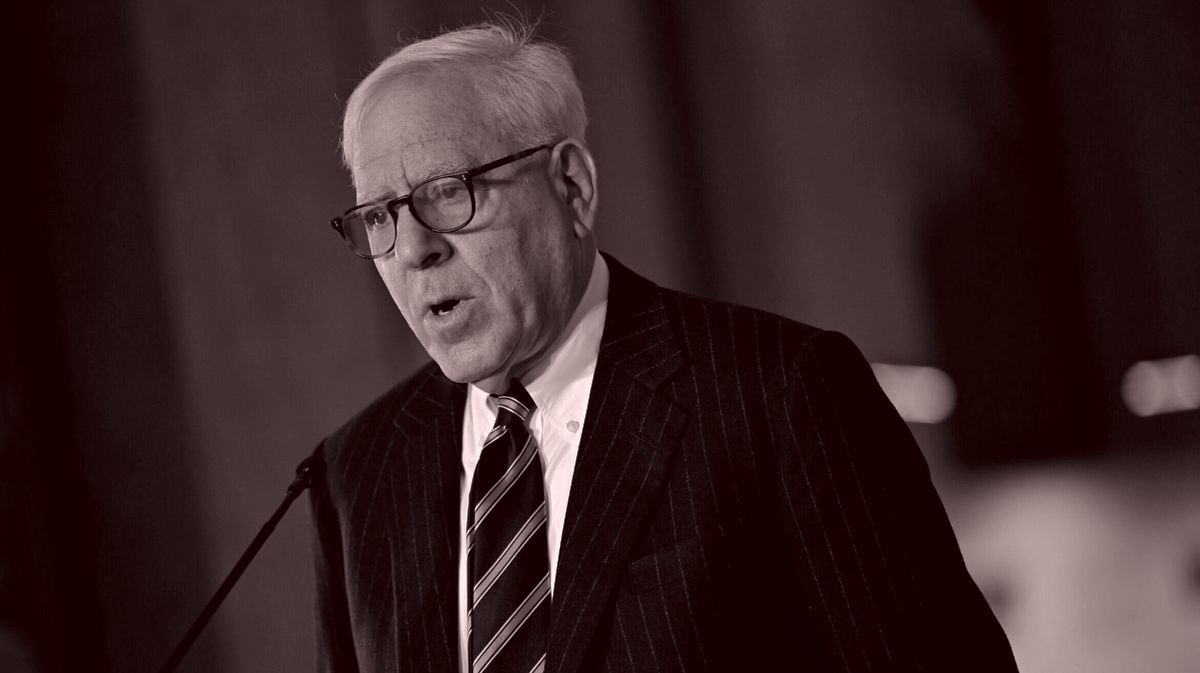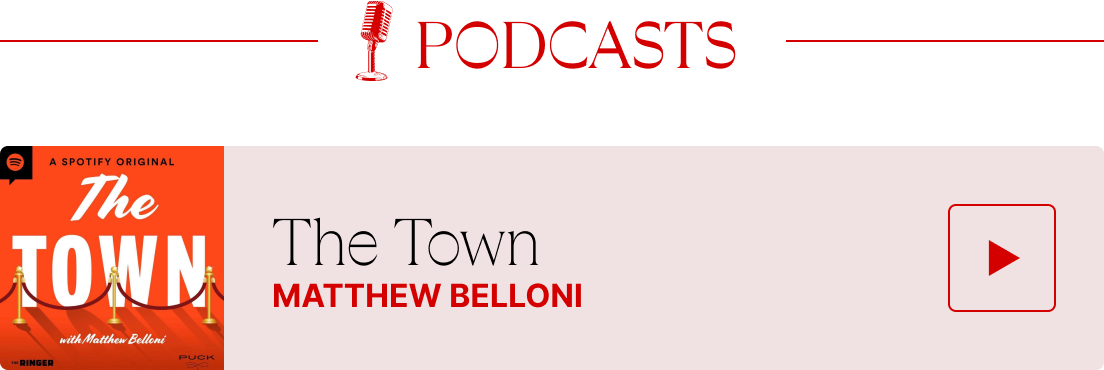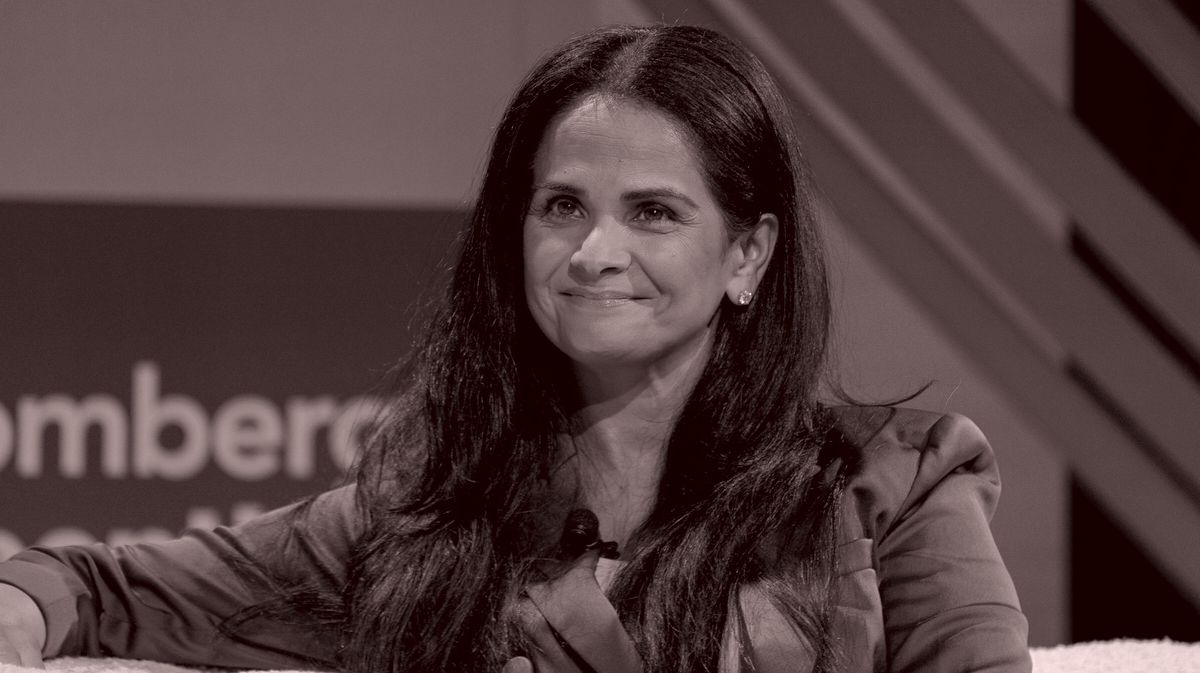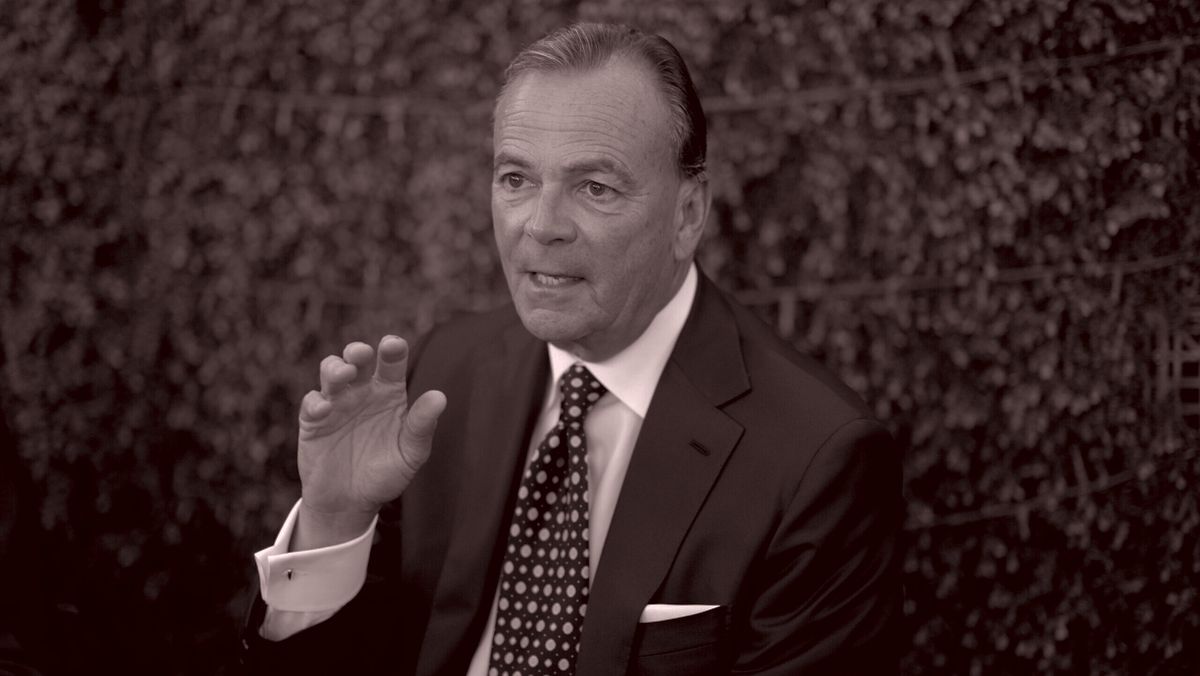If the war on diversity, equity, and inclusion is going to be an
organizing principle of Donald Trump and Elon Musk’s attack on the federal government, there are likely to be downstream effects on the art world. Museums, of course, have been just as full of identity politics rhetoric as college campuses these last few decades, and they are rightly buckling up for a bumpy few years. But the broader art market is less beholden to the federal government for grants and support. Will dealers and
collectors shy away from non-MAGA-approved art? This looming question is the basis of today’s issue.
But first…
|
- Laura Owens at Matthew Marks: Laura Owens is one of those artists everybody seems to obsess over, and she’s particularly loved by art advisors. So it wasn’t a surprise that I ran into so many advisors, auction house specialists, and secondary market dealers when I stopped by the opening of her first show in New York in eight years. On the street outside, I passed Artnet’s Andrew Russeth, who said before begging off to tuck in his kid,
“You’re in for a treat.”
He wasn’t wrong. Matthew Marks’s side-by-side galleries—one for the paintings, the other for the artist’s books in oversize jewelry box cases, both containing room-size installations of her layered, process-obsessed art—were unlike anything we’ve seen in Chelsea in a long time. There’s even a video installation that I cannot comment on because the line was too long to enter. Since the paintings were hung on painted walls, and there were additional rooms where all
four walls appeared to be panels that could be acquired as an installation, one dealer wondered if the exhibition was a pitch for Owens to represent the United States at next year’s Venice Biennale. If a vote were held on Instagram this weekend, Owens would win in a landslide.
- Christie’s to sell Wolfgang Tillmans’ photographs: In London, Christie’s is currently showing a collection of 15 Wolfgang Tillmans photographs, mostly from the
1990s, that will be sold during the March auctions. The top lot of the group is Urgency XIX, from 2006, which is estimated at £120,000. It’s been three years since anything by Tillmans was auctioned for a price above $100,000, and five years since a handful of the artist’s abstract images sold for prices above $100,000, peaking at a little below $440,000. All of the Tillmans images that have sold above this estimate level have been large-scale abstract works—Urgency XIX fits the
bill at nearly 6 feet by 9 feet framed.
- Christie’s takes another shot at the Lempicka market: Christie’s will also be selling a Tamara de Lempicka portrait of Dr. Pierre Boucard in its March 5 sale in London, with an estimate of £5 million. It was on view this weekend in New York. The subject is depicted with a microscope and test tube, and improbably swathed in a broad-shouldered white overcoat, in a painting that
combines Lempicka’s art deco drama with Boucard’s achievements as a bacteriologist. (He invented the probiotic Lactéol in 1907.) Boucard also played an important role in Lempicka’s success by helping her establish her studio in Paris, which became an important social hub. The work has not been offered publicly in 40 years.
Since 2020, the Lempicka market has taken another dramatic move up over the $10 million barrier. The record price for the artist was achieved that year, when
Portrait of Marjorie Ferry sold for more than $21 million. Since that sale, five paintings have sold for more than $5 million at auction, and four more paintings have sold for prices above $10 million. Three of the latter were close to $15 million, which suggests the artist has reached a new price level.
|
Now, on to the main event…
|
|
|
The MAGA vibe shift has come for public institutions, and museums are emerging
as the next target. Will the mood truly impact the way identity art is valued in the culture? Or has the market already moved on?
|
|
|
It’s been a tough couple of weeks in Washington. The various attacks on the
way D.C. operates—thrilling to some, horrifying to others—have made President Trump’s decision to replace the board of the Kennedy Center with loyalists, and anoint himself as chair, seem more like comic relief than a consequential move. After all, the role, which billionaire Carlyle Group co-founder David Rubenstein held for more than a decade, requires deep pockets and generosity. Trump may or may not have the former, but he definitely isn’t known for the
latter.
Last year, the federal government provided only $45 million to the Kennedy Center, or less than 17 percent of its total funding. Another $95 million, or more than 35 percent of the budget, came from donations. That’s an amount Rubenstein, a relentless schmoozer and networker, could easily raise. But I don’t think anyone imagines that Donald Trump, in or out of office, would be willing to do
the same for this institution. And it’s not conceivable to think he would reach into his own pockets to make up the shortfall.
At first, the move seemed like just another pandering swipe at “elites” from a man who had The Village People perform at his inaugural. There’s no evidence that, given the choice, Trump would sit through any of the performances offered at the Kennedy Center. Even the fact
that the board firings were uncontested suggested that the “takeover” was only a stunt, until some fascinating context involving Trump’s first press secretary, Sean Spicer, was revealed in The Washington Post on Friday.
Indeed, not long into the Biden administration, Spicer and top Trump
advisor Stephen Miller launched a pyrrhic lawsuit over Spicer’s firing from the Naval Academy “board of visitors,” a case that ended up explicitly defining the sitting president’s right to dismiss and appoint members of boards like the one for the Kennedy Center. One might have left the whole episode there had the museum world not already begun worrying about the president’s fatwa against D.E.I. initiatives, which have become museum orthodoxy in recent years. How exposed
are they to the loss of federal grants or to further interference? And what, exactly, does it mean that the Trump administration considers D.E.I. programming to be “illegal”?
Almost a year ago, MoMA director Glenn Lowry predicted that museums, like elite
universities before them, would become a ripe target for populists in government positions. We’ve already discussed the fabricated scandal at the Fort Worth Modern, where an activist website funded by Trump allies manufactured an outcry that prompted county officials to impound photographs by Sally Mann from a museum exhibition and threaten to launch a criminal investigation with curators as the targets. Given that federal power is vastly greater than that of any county
government, many are fearful of how the Lowry thesis might manifest itself now.
|
The Post’s Philip Kennicott began the week by
speculating on worst-case scenarios whose effects could spread far beyond the Kennedy Center. He pointed out that J.D. Vance has previously attacked the Ford Foundation in the name of combatting D.E.I. by threatening to raise taxes on their endowment. (During his Senate campaign, Vance went so far as to argue the government should
“seize their assets.”) Would Trump also go after the tax incentives that encourage rich people to donate art to museums? What about the Arts & Artifacts Indemnity Program, which reduces the prohibitive cost of insuring treasured works coming to the United States for blockbuster museum shows? Suddenly, these are no longer absurd prospects.
Picking up on this theme, The Art Newspaper
asked on Friday whether, “as the wealthiest lurch to the right, will the commercial art world follow?” But the story largely failed to make the case that the art market has begun to parrot MAGA talking points. Many of Trump’s richest supporters have been all too happy to buy art with some sort of identity element. Even
Stephen Schwarzman, who threw in with Trump and has kept busy decorating ersatz ancestral homes in the U.S. and the U.K., has bought relatively obscure female abstract expressionist painters, his art advisor told me last year. Indeed, who does The Art Newspaper think was buying all of those non-white, non-male artists? It wasn’t solely wealthy progressives.
Of course, no
discussion of a repudiation of identity art would be complete without mentioning Dean Kissick’s much-discussed Harper’s essay from December, “The Painted Protest.” Like Tom Wolfe did in his famous 1976 “Me Decade” essay in New York magazine, Kissick strings together some trenchant cultural
observations with a few unrelated sensationalistic scenes, such as the lurid opener in which his mother is run over by a bus on her way to see an exhibition at London’s Barbican, which resulted in the loss of her legs. In the piece, Kissick has her ask, improbably, whether the show about “power and politics in textile art” was worth the price.
No exhibition, obviously, whether organized around hothouse political claims or featuring ineffable
art, is worth losing limbs over. And the anecdote—and several other jejune comparisons and observations—almost obscures the valuable points that Kissick has to make. Indeed, the essay toggles between tendentious cheap shots and brilliant observations. But his main point—the notion that fixating on the identity of an artist is a lousy way to determine whether their art is any good—is anything but controversial. For all of its complaining, Kissick’s essay isn’t concerned with art itself, but with
an exhaustion about the way we talk about the artists. (He thinks that has resulted in boring art.)
A few weeks ago, in a conversation with a prospective client, a Black dealer mocked the catch-all term identity artists to refer to the wide range of talents who have become prominent on the market since 2018. The dealer was understandably fed up with language that reduced artists, including many he represents, to
categories and identities; he was just as tired of the emphasis as many of the MAGA types that the industry fears. But looking over the mid-season sales catalogs this weekend, there was no overt emphasis on the identity of the individual artists, even though there are many artists who are not white men present in the catalogs. And that’s why I’m not that worried about the art market’s ability to withstand the MAGA onslaught.
Museums are another story. We’re only
now seeing the debuts of many shows conceived in the wake of George Floyd’s 2020 murder, and there are surely more to come. Some of these shows will be powerful and great; others, meanwhile—like The Met’s Flight Into Egypt: Black Artists and Ancient Egypt—will be try-hard, and leave themselves open to attack. That means we’re likely to see more examples of MAGA enthusiasts picking fights with museums. But whatever the mood of our culture and politics, the market will
continue to seek out new talents, not as categories but as artists. Some will have a brief moment in the sun. Others will become lasting figures in our culture. There’s no dictating taste.
|
I got a little chuckle after reading that ARTnews had
discovered, late on Friday, that the late Barnes & Noble founder Len Riggio’s estate was the subject of bidding between the auction houses. The folks there were trying to figure out what works might be included in the package and whether terms and guarantees would be worked out in time for the May sales. (Why else would the
estate be engaged in discussions now?) Of course, it’s my understanding that, after a couple of weeks of outside-the-box presentations, the deal is now done. Though, it doesn’t sound like we’re going to see all of Riggio’s art come to the block. Most likely, the estate is only selling enough to cover taxes.
Over at Artnet, the anonymous art dealer writing letters to clients and artists and
now art advisors has betrayed a lack of understanding about what it means to be in sales. At the end of a five-point rant, she tells advisors that they should not rely on a gallery director for things like shipping costs and sales tax. Then, unable to hold it in any longer, she shouts, “You’re an adult being paid an adult commission: Do your job!” But, of
course, anyone who is in sales will tell you that it’s their job to do whatever it takes to make the sale happen.
That’s enough for today. More from the road this coming week.
Until then,
M
|
|
|
Puck founding partner Matt Belloni takes you inside the business of Hollywood, using exclusive reporting and
insight to explain the backstories on everything from Marvel movies to the streaming wars.
|
|
|
The ultimate fashion industry bible, offering incisive reportage on all aspects of the business and its biggest
players. Anchored by preeminent fashion journalist Lauren Sherman, Line Sheet also features veteran reporter Rachel Strugatz, who delivers unparalleled intel on what’s happening in the beauty industry, and Sarah Shapiro, a longtime retail strategist who writes about e-commerce, brick-and-mortar, D.T.C., and more.
|
|
|
Need help? Review our FAQ page or contact us for assistance. For brand partnerships, email ads@puck.news.
You received this email because you signed up to receive emails from Puck, or as part of your Puck account associated with . To stop receiving this newsletter and/or manage all your email preferences, click here.
|
Puck is published by Heat Media LLC. 107 Greenwich St, New York, NY 10006
|
|
|
|











